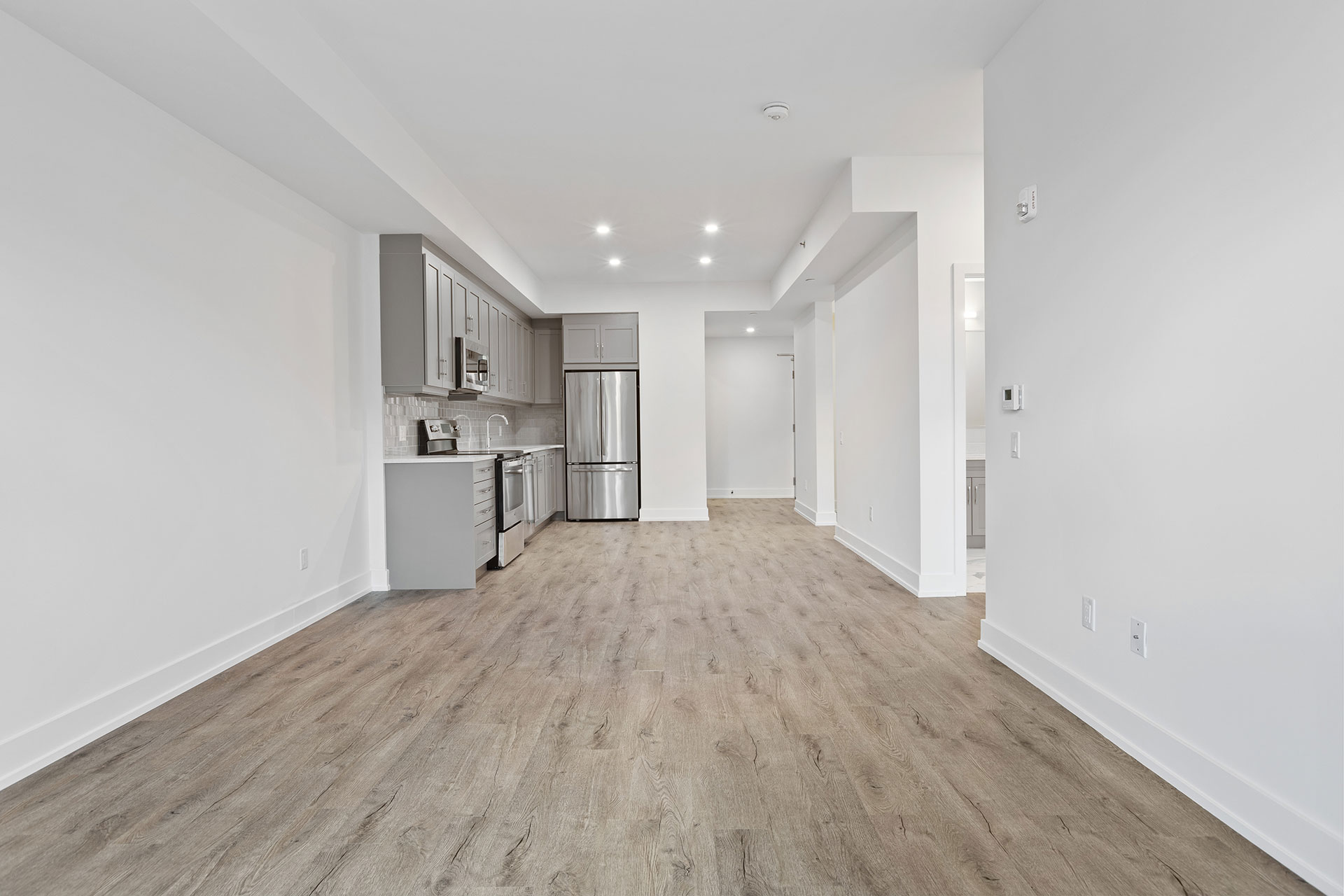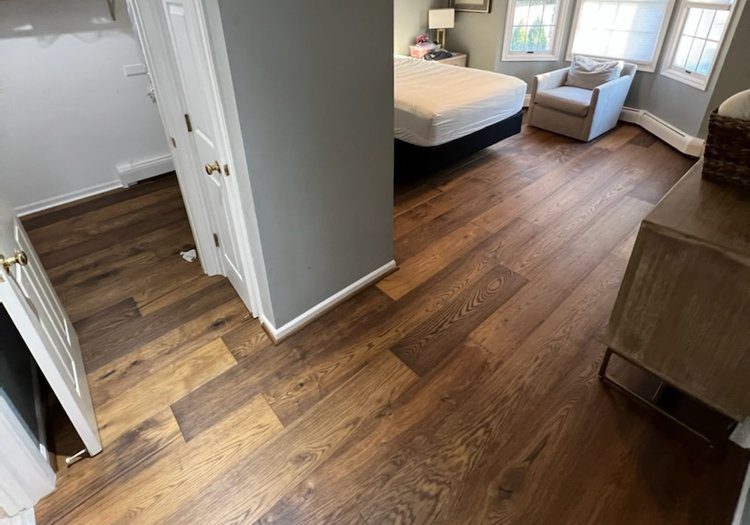Hardwood floors are not only a beautiful addition to any home but also a significant investment. Over time, they may start showing signs of wear and tear, losing their original luster. Restoring and refinishing hardwood floors is a DIY project that can revitalize your space while adding value to your property. In this article, we will guide you through the process of restoring and refinishing hardwood floors, providing you with valuable tips and techniques to achieve professional-looking results.
Introduction
Are your hardwood floors looking dull and scratched? Restoring and refinishing them can bring back their former glory. Taking a DIY approach to this project offers several benefits, including cost savings and the satisfaction of accomplishing the task yourself. By following a few simple steps, you can transform your worn-out floors into a stunning focal point of your home.
Assessing the Condition of the Hardwood Floors
Before you begin the restoration process, it’s essential to assess the condition of your hardwood floors. Inspect the surface for any damages, such as deep scratches, gouges, or water stains. Identifying the type of finish is also crucial as it determines the appropriate restoration techniques. Some common finishes include polyurethane, oil-based, or wax.
Preparing the Floor for Restoration
To ensure a successful restoration, it is important to prepare the floor properly. Start by clearing the room and removing all furniture and rugs. This will provide you with a clear workspace and prevent any hindrances during the project. Next, thoroughly clean the floor surface, removing dust, dirt, and debris. Use a soft broom or vacuum cleaner to eliminate any loose particles. Additionally, inspect the floor for any loose boards or damages that need repair.
Sanding the Hardwood Floors
Sanding is a crucial step in the restoration process as it helps remove old finish, scratches, and imperfections, resulting in a smooth and even surface. Begin by choosing the appropriate sandpaper grit based on the condition of your floor. Coarse grits are suitable for heavy removal, while finer grits are used for smoothing the surface. Renting or purchasing a floor sander will make this process more efficient and effective. Ensure to follow proper sanding techniques, moving in the direction of the wood grain to avoid creating irregularities.
Staining and Finishing the Floors
After sanding, you have the option to stain your hardwood floors to enhance their appearance and match your desired color scheme. Select a stain color that complements your interior décor and test it on a small, inconspicuous area to ensure it achieves the desired result. When applying the stain, use a brush or cloth, and work in small sections, following the wood grain. Allow the stain to dry completely before proceeding to the next step. To protect the stained surface and add durability, apply a protective topcoat such as polyurethane, ensuring even coverage for a long-lasting finish.
Caring for Restored Hardwood Floors
Once your hardwood floors have been restored and refinished, it’s important to maintain them properly to preserve their beauty and longevity. Regular cleaning is key to removing dirt, dust, and spills. Use a soft broom or vacuum with a brush attachment to avoid scratching the surface. Avoid using excessive water or harsh chemicals when cleaning, as these can damage the finish. Additionally, be mindful of common mistakes that can harm the floor, such as dragging heavy furniture or wearing high heels without protective pads. Employ preventative measures, including using rugs or mats in high-traffic areas and applying felt pads to furniture legs.
Conclusion
Restoring and refinishing hardwood floors is a rewarding DIY project that can breathe new life into your home. By following the outlined steps, you can transform worn-out floors into a stunning feature. Remember to assess the condition of the floors, prepare the surface, sand diligently, and apply the stain and finish with care. With proper maintenance, your restored hardwood floors will continue to impress for years to come.
FAQs
- Q: Can I restore and refinish hardwood floors myself?
- A: Yes, restoring and refinishing hardwood floors can be a DIY project with the right tools and techniques. However, it requires careful preparation and attention to detail.
- Q: How long does it take to restore and refinish hardwood floors?
- A: The time required depends on the size of the area and the condition of the floors. Generally, it can take several days to complete the entire process.
- Q: Do I need to sand the floors before refinishing?
- A: Yes, sanding is an essential step to remove the old finish and imperfections, creating a smooth surface for refinishing.
- Q: Can I change the color of my hardwood floors during the refinishing process?
- A: Yes, staining the floors allows you to change the color and achieve the desired look to match your interior décor.
- Q: How often should I refinish my hardwood floors?
- A: The frequency of refinishing depends on the amount of wear and tear. On average, it is recommended to refinish hardwood floors every 7-10 years.
If you’re in/near the following areas and need flooring, Click Here For a FREE Estimate!
We’re looking forward to hearing from you!

